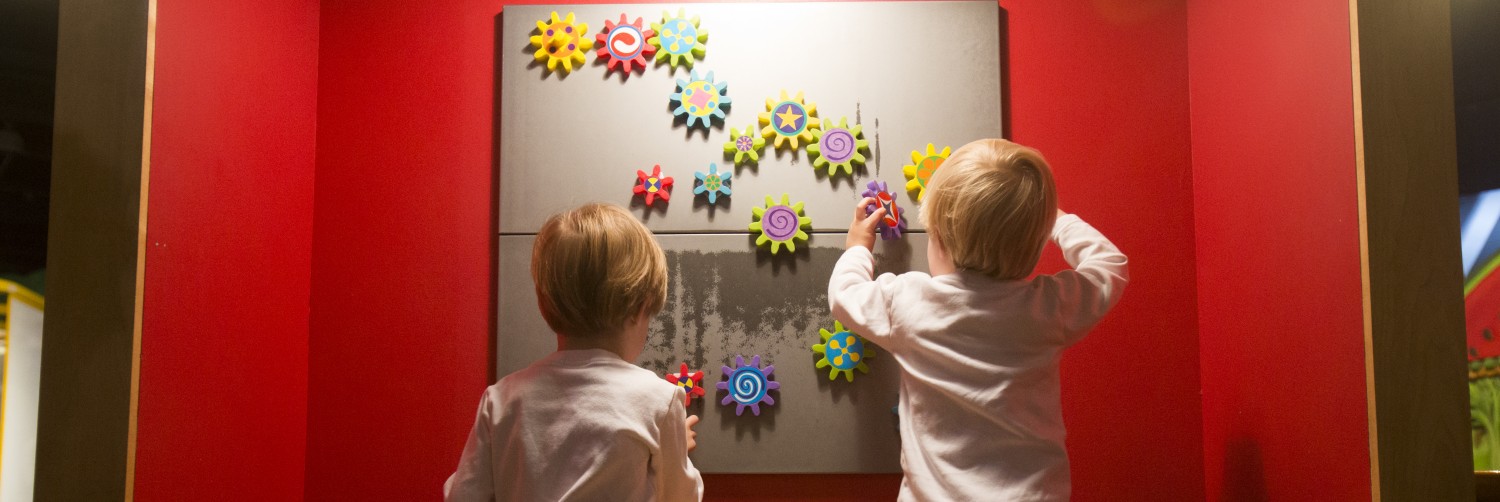Hello everyone! Professor Labcoat here. It’s National Maker Week, and today I’d like to show you how to learn about electrical circuits using play dough!
We use electricity to power all kinds of things every day. Electricity is what we call it when charged particles are pushed around, and we can make, or “generate”, electricity in many different ways. The power plants that generate electricity for entire cities use huge magnets to push electricity through the big wires that we see along the side of the road, solar panels use light energy from the sun to push electricity around, and batteries use chemical reactions.
 The materials needed for this experiment are 4 AA batteries, a light emitting diode (LED), and some play dough that’s made with salt. There are many recipes online for play dough; I made some by combining 2 cups of flour and ½ cup of salt with roughly 1 cup of water added slowly. Food coloring can make for a fun color addition. You can also add a couple of teaspoons of oil and a teaspoon of cream of tartar to help with the texture, or just use some of the store bought variety!
The materials needed for this experiment are 4 AA batteries, a light emitting diode (LED), and some play dough that’s made with salt. There are many recipes online for play dough; I made some by combining 2 cups of flour and ½ cup of salt with roughly 1 cup of water added slowly. Food coloring can make for a fun color addition. You can also add a couple of teaspoons of oil and a teaspoon of cream of tartar to help with the texture, or just use some of the store bought variety!
Finding a light emitting diode (LED) might be a little tricky. I took apart a small finger-mounted flashlight to get mine. These parts are also available at many electronics stores or online for less than a dollar apiece.
The first thing we need for our circuit is something to generate the electricity. The chemical reactions inside the batteries will do this for us by pushing charged particles from one side of the battery to the other. We want all the push to go in the same direction, so we need to line up our batteries end-to-end and pointing in the same way. A little ball of dough acts as a conductor between our batteries. We need these batteries to push the electricity hard enough to make our LED light up. We measure the push of electricity in units called “volts”. Each battery gives 1.5 volts worth of push to the electricity, so four in a row give 6 volts of push total. This should be strong enough to move electricity through both the dough and the LED.
The play dough is our conductor. Instead of electrons moving through metal, our electricity will take the form of tiny pieces of the salt (called “ions”) moving through the water in the dough. It takes more energy to move ions through dough than to move electrons through metal, so dough wouldn’t make a very good extension cord. It is safe to use with the batteries, however, because it won’t heat up as a metal wire would. Plus, it’s fun to squish!
Electricity can only move through LEDs in one direction, so you might need to switch yours around a little bit before it works. Once you’ve got a circuit together, you can try out different things! What happens if your dough rolls are fat and short? Skinny and long? Does it change the brightness of your bulb?
There are many people who have created many great lessons to go along with this kind of circuitry. Check out the wonderful work of the University of St. Thomas and their “Squishy Circuit” homepage!
I hope you enjoy making your play dough circuit and learning about electricity! There are many wonderful things that we can use science to build and understand, and Makers the world over have created many fantastic resources for Young Makers!
Take care!
